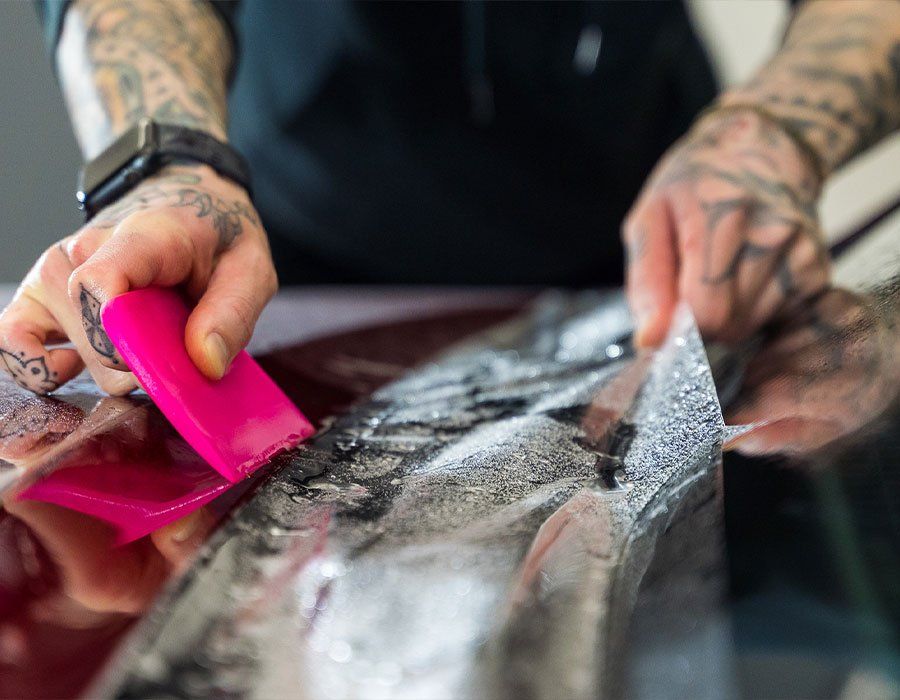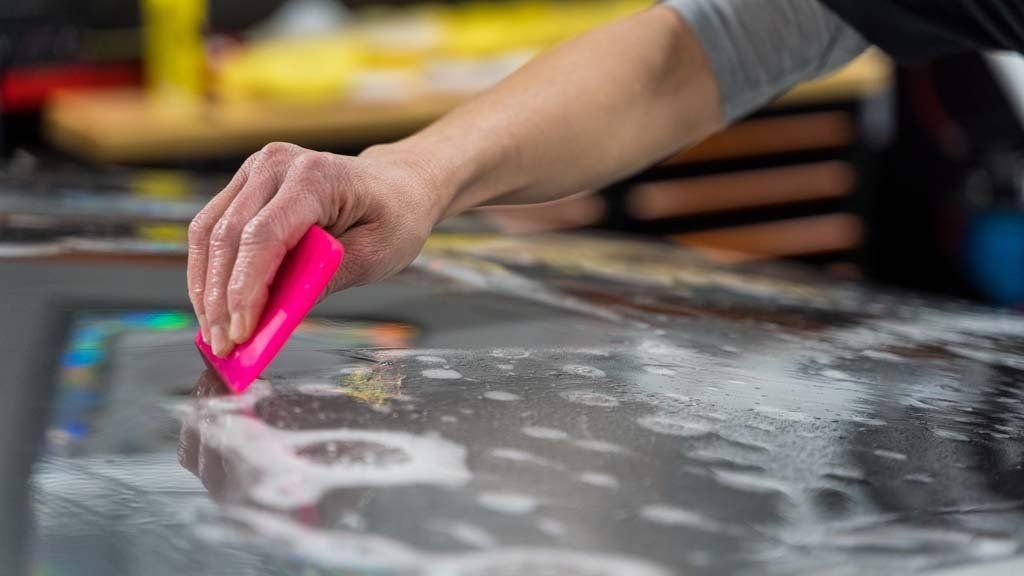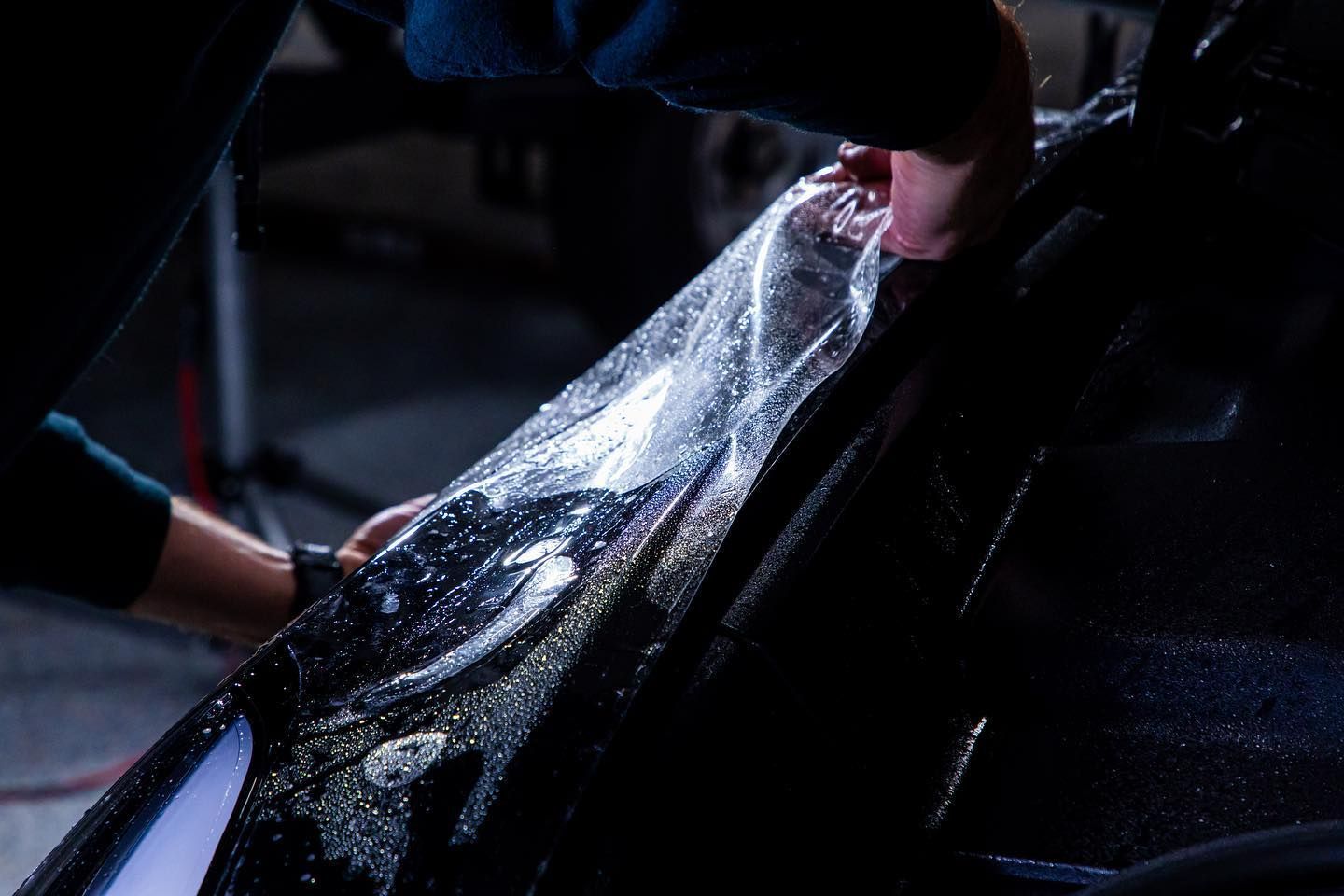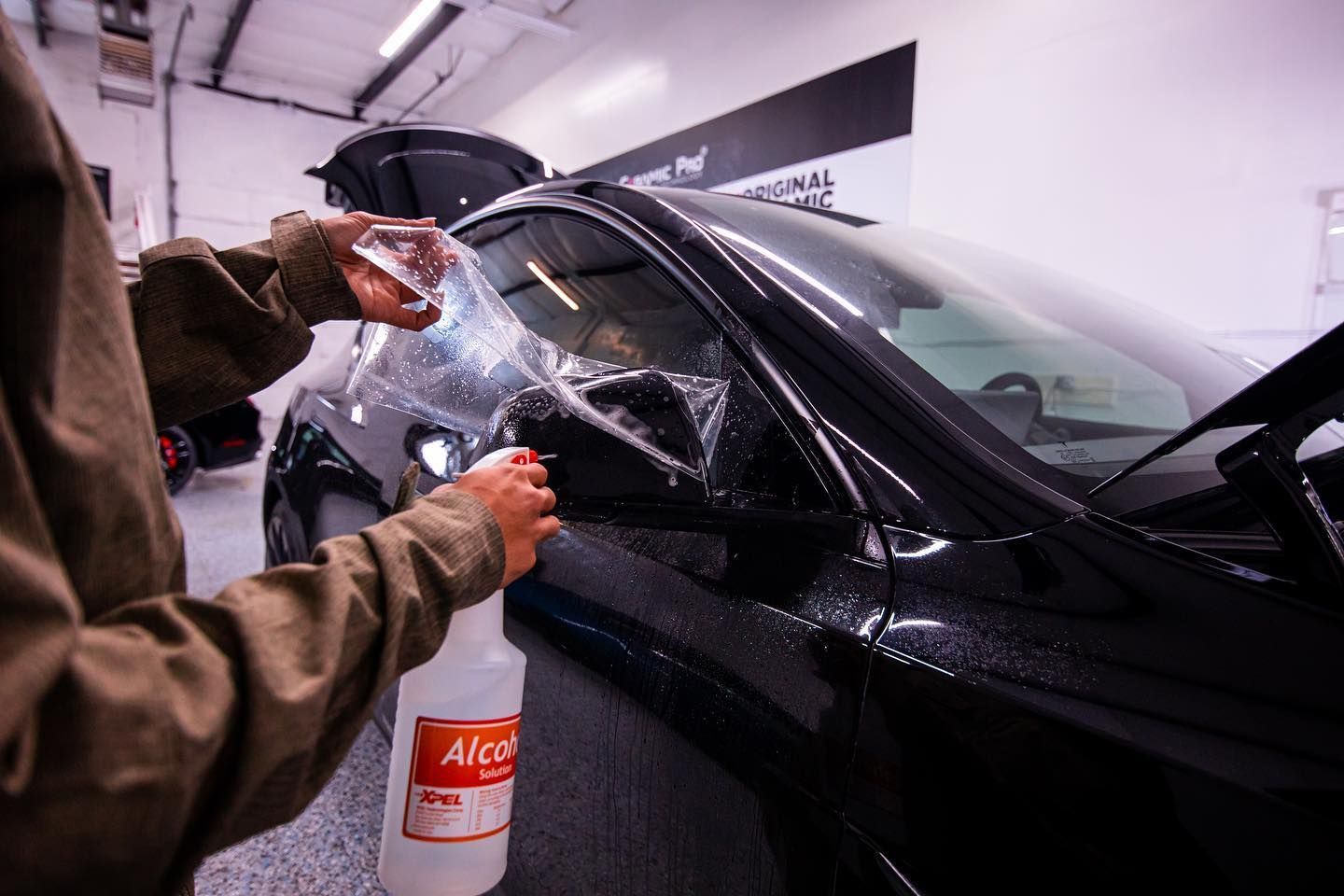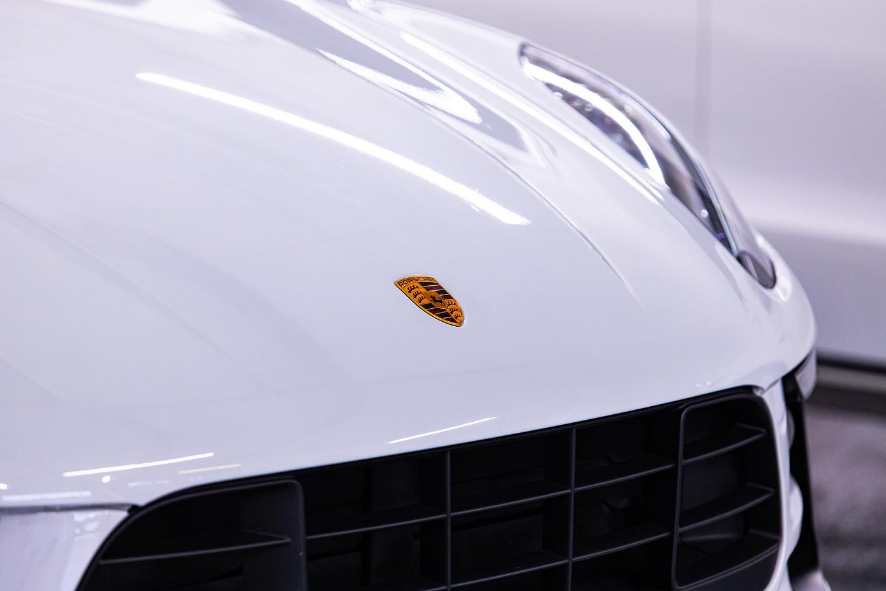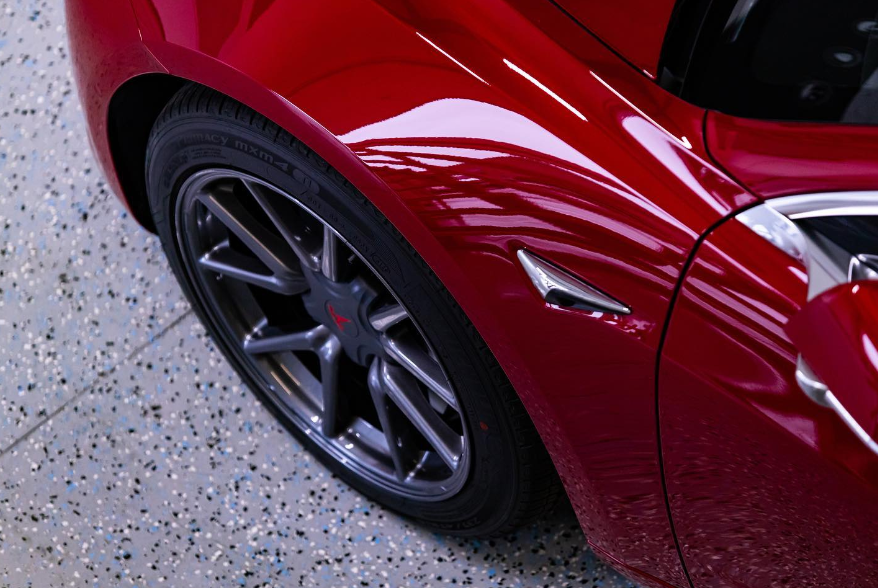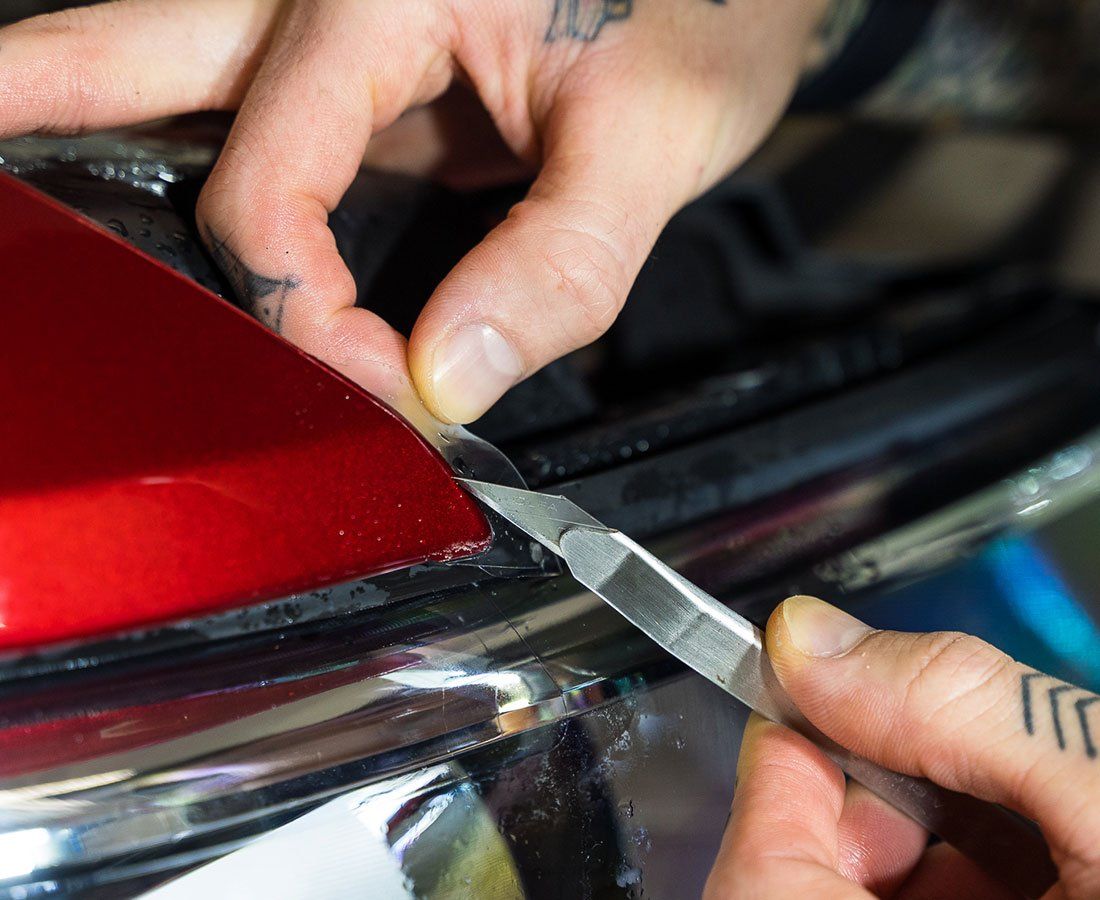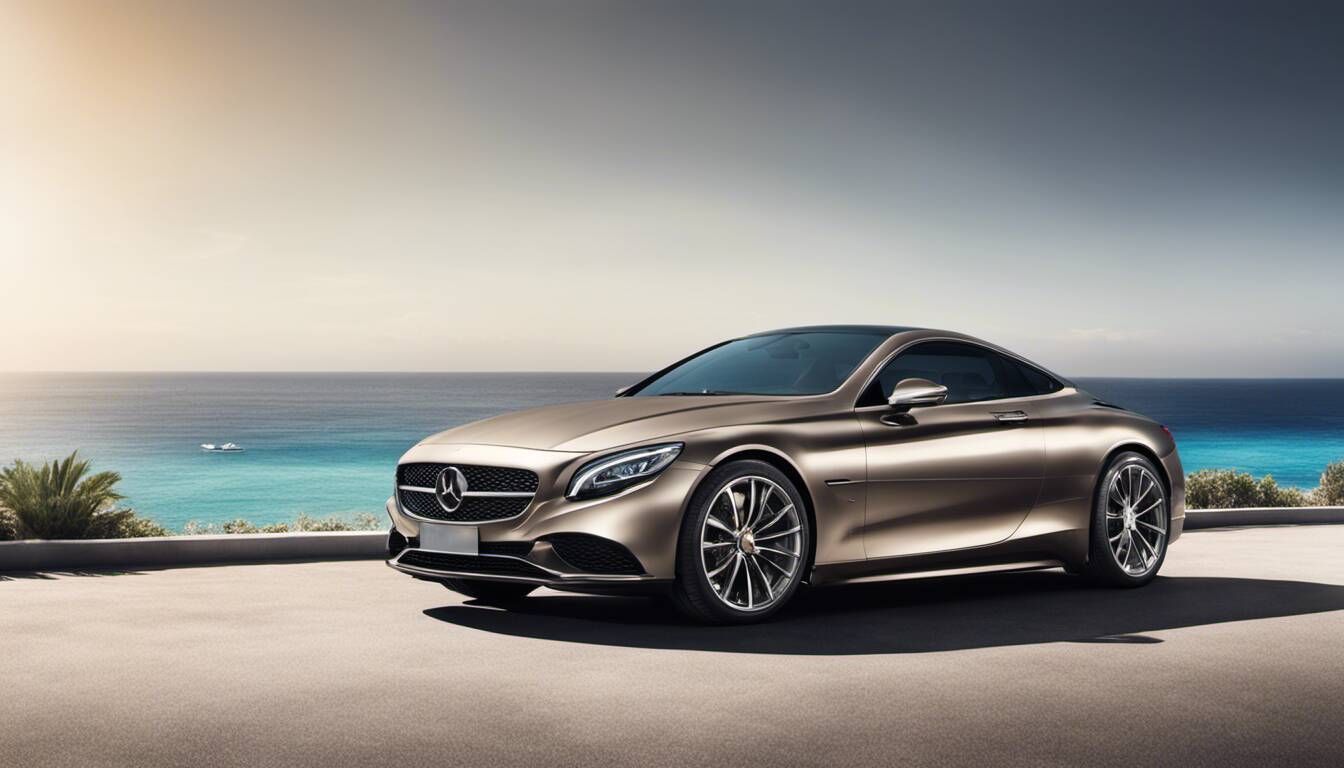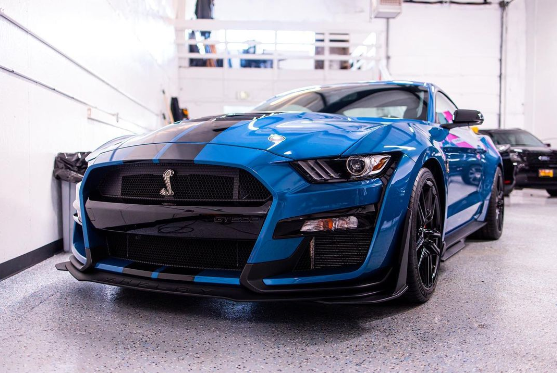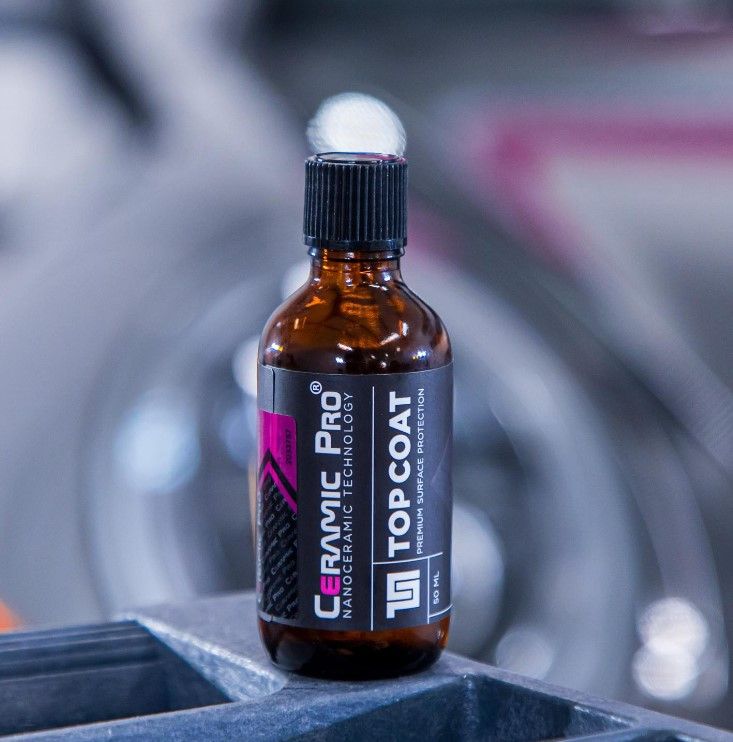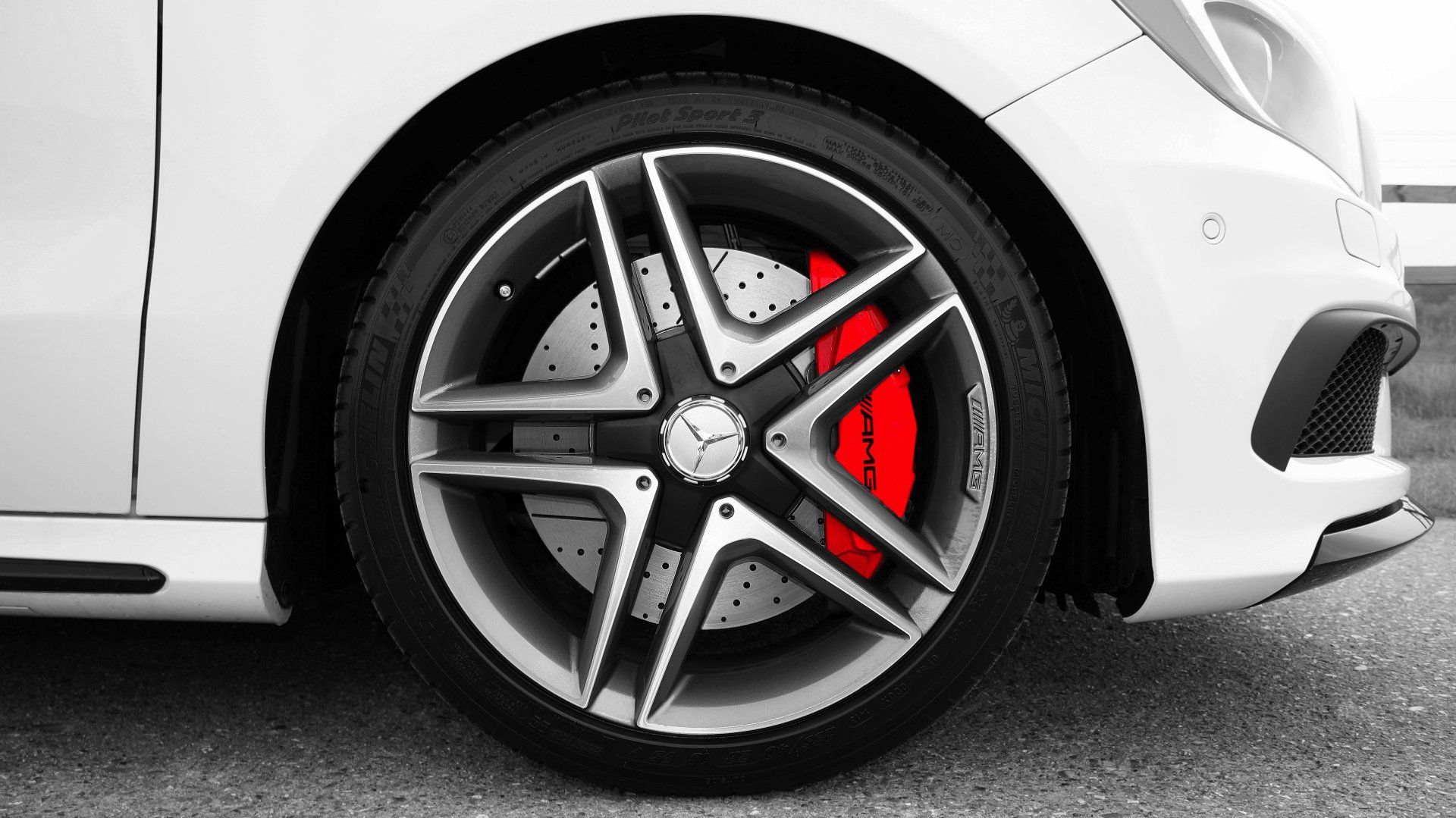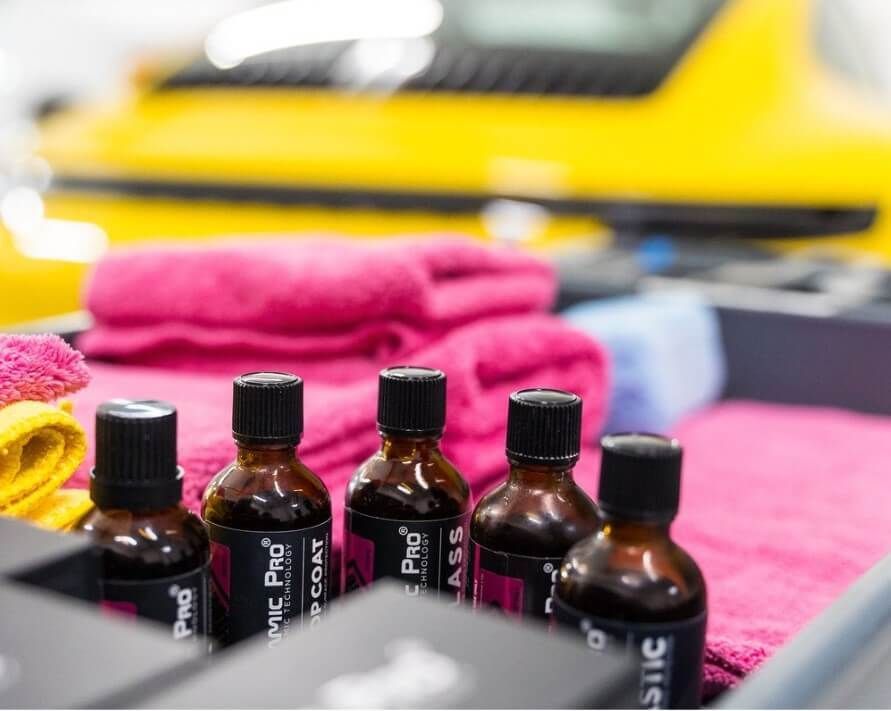Choosing the Right PPF Thickness: A Comprehensive Guide for Automotive Protection
CALL (253) 533-6776Choosing the right paint protection film thickness is about balancing your need for protection with any specific driving conditions. Like a sturdy coat for harsh winter weather, thicker films (8–10 mils) can shield high-performance or luxury cars from damage in demanding environments. On the other hand, a lightweight jacket equivalent—thicker PPF films (4-6 mils)—offers a balance of protection and looks, which is perfect if your car rarely confronts rough conditions.
When deciding on the appropriate paint protection film thickness, it's crucial to consider your vehicle's usage, driving conditions, and desired appearance. Thicker PPF films offer enhanced protection and are ideal for high-performance cars or vehicles exposed to demanding environments. Consulting with a professional can help you make an informed decision based on your specific needs.
Factors to Consider When Choosing the Right PPF Thickness
When it comes to selecting the proper paint protection film thickness, several key considerations come into play. Initially, take into account the type of vehicle you own. High-performance cars and luxury vehicles typically benefit from thicker PPF films (8–10 mils) due to their exposure to higher speeds and more demanding driving conditions. Thicker films provide a higher level of protection against potential damages caused by rocks, debris, and environmental elements. Conversely, vehicles not frequently subjected to harsh driving conditions can still benefit from thinner paint protection films (4-6 mils), offering a balanced mix of protection and aesthetic appeal.
Driving conditions also play a crucial role in determining the appropriate paint protection film thickness for your vehicle. If you regularly navigate rugged terrain or encounter gravel roads, a thicker PPF film is highly recommended. The added resilience of a thicker film ensures that your vehicle's paintwork remains shielded from potential impacts and abrasions. In contrast, vehicles mainly used for urban commuting or light highway driving may find adequate protection with a thinner film. It's essential to assess the specific challenges posed by your regular driving environment to make an informed decision.
Moreover, the desired appearance of your vehicle is another significant aspect worth considering. Thinner PPF films are known for their ability to preserve the natural gloss and finish of a vehicle's paintwork, making them suitable for owners who prioritize maintaining the original aesthetics of their vehicles. Conversely, if you prioritize robust protection over maintaining the factory appearance, opting for a thicker paint protection film may be more aligned with your preferences. For instance, imagine owning a high-end sports car that you frequently take out on race tracks or winding mountain roads. In this scenario, your vehicle is subjected to intense driving conditions that pose a considerable risk to its paintwork. Here, a thicker film would be more likely to provide the comprehensive protection needed to safeguard your investment against potential damage.
These factors all need thorough consideration when deciding on the appropriate PPF thickness for your vehicle. By evaluating the vehicle type, driving conditions, and desired appearance, you can make an informed choice that aligns with your specific needs and preferences.
Understanding PPF Strength and Property Levels
Paint is designed to shield your vehicle's paint from the perils of everyday driving. Its effectiveness lies in its ability to endure impacts and resist abrasions, directly linked to the strength and properties of the paint protection film material. When choosing a paint protection film, it's essential to consider the level of protection you need for your specific driving conditions. For instance, if you frequently drive on gravel roads or in areas with harsh weather, prioritizing impact resistance would be crucial. On the other hand, if maintaining the glossy appearance of your vehicle is your priority, selecting a PPF designed for optical clarity would be more suitable.
Different vehicles and driving habits require varying levels of protection. A car used mostly for city commuting may not need the same level of impact resistance as a vehicle taken off-road regularly. For instance, a construction worker might opt for a thicker and more impact-resistant paint protection film to safeguard their vehicle against flying debris and rocks encountered at work sites, whereas someone with a luxury car might prioritize a film that maintains optical clarity to preserve the high-gloss finish of their vehicle.
Understanding the specific strengths and properties offered by various paint protection film materials allows for a tailored approach to protecting your vehicle. This knowledge empowers you to make an informed decision based on your unique needs and preferences. By recognizing these differences, you can confidently select the most suitable PPF strength and properties that align with your individual requirements, ensuring optimal protection for your cherished vehicle.
Defining Your Paint Protection Film Needs
When determining the ideal PPF thickness for your vehicle, several factors must be considered. Reflect on how frequently you utilize your vehicle and the typical conditions it encounters. If urban roads with debris are a common part of your daily route, a thicker paint protection film may be crucial for top-tier protection. Conversely, if your vehicle experiences light usage and is mainly reserved for pleasant weather conditions, a thinner film could potentially suffice to shield it from minor wear and tear.
Consider the driving environment. Does your daily commute involve navigating through construction zones, gravel roads, or regions prone to inclement weather? Or do you tend to use your vehicle for relaxing weekend getaways on well-maintained highways? Thicker films offer defense against abrasive materials and harsh elements encountered on demanding drives, while lighter usage scenarios might be adequately safeguarded by a thinner film that ensures aesthetic appeal without compromising protection.
Additionally, the type of vehicle you own should influence your decision-making process. High-performance cars and luxury vehicles designed for spirited driving or with complex aerodynamic features might benefit from the enhanced safeguarding provided by thicker paint protection film. Conversely, everyday commuting or leisurely drives with less frequent exposure to intensive driving conditions may favor a thinner film that meets requirements without adding unnecessary weight or altering the vehicle's appearance excessively.
Assessing these various factors will aid in determining the most appropriate thickness of PPF that aligns with your vehicle usage patterns and environmental conditions. With these considerations in mind, you can confidently select a protective film suited to your precise needs.
Benefits of Choosing the Right PPF Thickness for Automotive Protection
Choosing the right paint protection film thickness isn't just about looks; it's a critical decision directly impacting your vehicle's long-term protection and appearance. The thickness of the PPF plays a pivotal role in shielding your car from daily hazards like stone chips and scratches. Opting for a thicker film significantly enhances defense against impact, extending the overall lifespan and preserving your vehicle's paintwork. Thicker films, typically ranging from 8 to 10 mils, offer unparalleled protection by acting as a robust barrier against various forms of abrasion and environmental elements. A heavier gauge film provides an added layer of security, offering peace of mind, especially for high-performance cars or those frequently exposed to challenging conditions.
While thinner film (4-6 mils) strike a balance between protection and aesthetics, they may not suffice for vehicles frequently exposed to harsh driving conditions or environments prone to potential damages. Therefore, evaluating the optimal PPF thickness based on your specific needs and driving circumstances is crucial. Imagine navigating through gravel-strewn roads in an area known for its abrasive environmental conditions. In such scenarios, opting for a thicker films not only shields your vehicle against impacts but also minimizes unsightly stone chip marks, ultimately preserving the pristine finish of your car's paintwork. With these considerations in mind, it becomes evident that selecting the right paint protection film thickness is more than just a protective measure—it's an investment in ensuring the longevity and visual appeal of your vehicle.
Tips on Selecting the Suitable PPF Thickness for Your Vehicle
Choosing the right paint protection film thickness isn't just about applying a protective film; it's about considering the unique needs and characteristics of your vehicle. Your vehicle's usage, the environment it operates in, your aesthetic preferences, and the cost are all vital factors to consider. If you're driving a high-performance car, a luxury vehicle, or if your car is frequently exposed to harsh driving conditions, opting for thicker PPF (8-10 mils) is advisable. Thicker PPF offers enhanced protection against potential damage and impact, thereby maintaining the pristine appearance of your vehicle over time. On the other hand, for vehicles not routinely exposed to demanding environments, thinner PPFs (4-6 mils) can provide a balance between protection and aesthetics.
When assessing your vehicle's usage, consider whether it's primarily used for city driving or if you frequently navigate rugged terrain or highways prone to debris. This evaluation will aid in determining the level of protection required and guide you in selecting the most suitable paint protection film thickness for your specific driving conditions. The climate plays a significant role in determining the ideal PPF thickness. If you reside in an area with intense sunlight or harsh weather conditions, a thicker film may be more beneficial in providing extended protection against UV rays and environmental wear and tear. Take, for instance, living in a region with severe winters where road salt and gravel are extensively used. A thicker PPF can help shield your vehicle's paint from scratches and corrosion caused by these abrasive materials commonly encountered during driving.
Let's talk about aesthetics. While protecting your vehicle is paramount, it's also essential to consider the visual aspect. Some people prefer almost invisible protection, while others don't mind a more noticeable film if it offers enhanced defense against damage. Thinner films tend to blend better with the vehicle's original paintwork, making them ideal for those who prioritize aesthetics alongside protection. Cost can also be a deciding factor when selecting PPF thickness. Thicker films generally come at a higher price due to their advanced protective properties. However, it's crucial to weigh the long-term benefits of enhanced protection against the initial investment.
For individuals seeking comprehensive insights tailored to their specific vehicle type and driving patterns, consulting with automotive professionals can provide valuable advice specific to their needs. These experts can offer recommendations based on firsthand experience and understanding of different vehicles and driving conditions. Choosing the right PPF thickness involves a careful consideration of various factors such as vehicle usage, environment, aesthetics, and cost. By evaluating these elements thoughtfully and seeking professional advice when needed, you can ensure optimal protection for your beloved vehicle.
Premier Paint Protection Film Service Tacoma, WA
If you're looking for the best paint protection film in Tacoma, WA, look no further than Lucent Auto Work. We offer unmatched protection for your vehicle's paint. To protect your vehicle from environmental hazards, chips, and scratches, our devoted team of specialists applies high-quality paint protection film with accuracy and care. Put your mind at ease knowing that your car will be protected from road debris and severe weather for the long haul. Drive with peace of mind. Make an appointment with Lucent Auto Work immediately for the installation of Paint Protection Film, and you will see the difference for yourself—we guarantee excellent service and results. Call us at (253) 533-6776 to get started!


